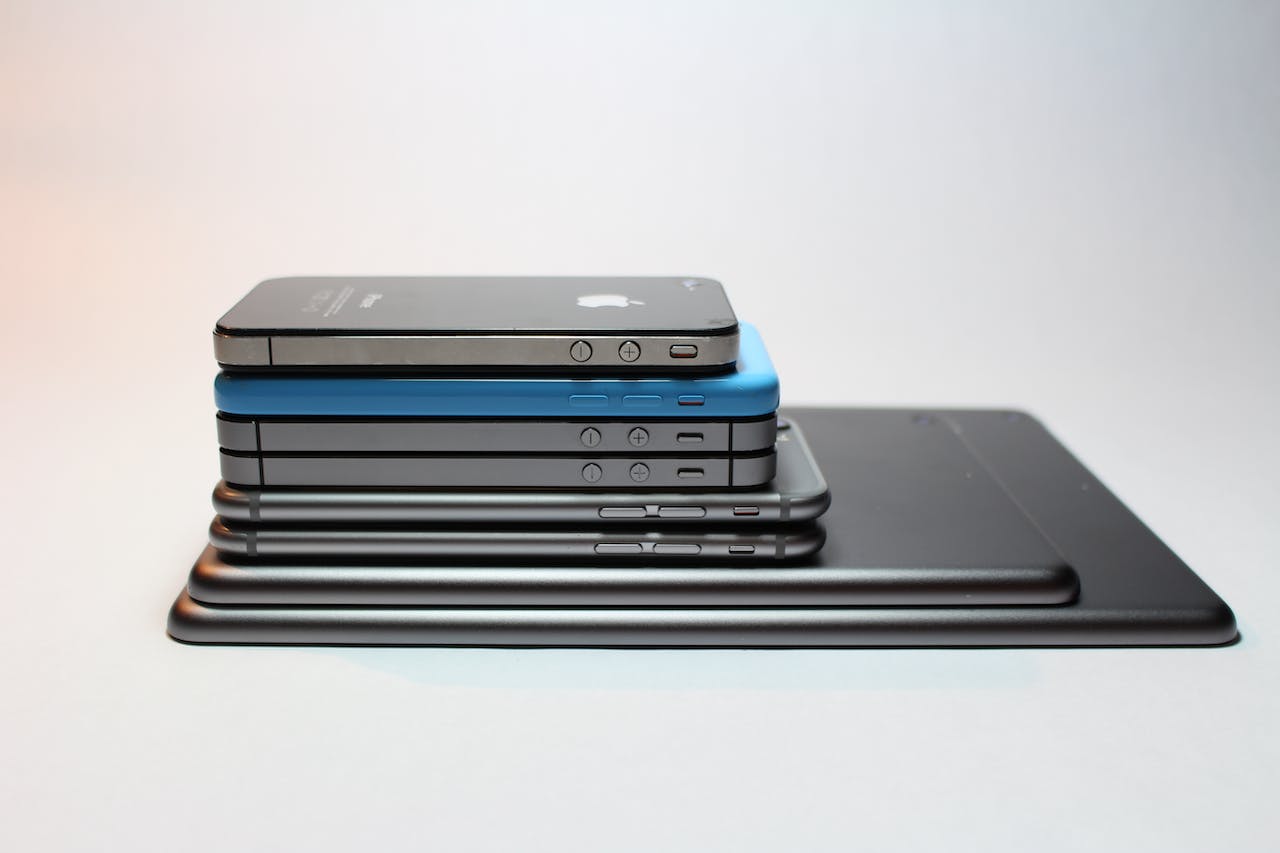In a world where we have become quite dependent on our various gadgets be it for work or leisure, we admit (together with a pang of guilt too) that we can`t stay without our precious devices for a long stretch of time.
From the dawn of technology myriad of brands tried to make it to the top, had their golden years, then struggled to remain there for different reasons or unfortunately even dropped like HTC and LG. However, we all know that Apple consistently makes it to the podium, usually alongside a Samsung flagship to name the Android side as well, which features other reputable alternatives like Google, Xiaomi and OnePlus. However, stats show that Apple with its ecosystem lures more users offering a greater peace of mind than the competition with a simple but secure software.
Is it all perfect though in iOS? We are fully aware that alas there is no such thing, sometimes issues crop up which maybe need drastic measures to resolve and that is exactly what we are going to learn today. So, especially if you are a loyal iPhone or iPad user, read on to attain the know-how on what to do if you ever face similar software problems.
Behold Recovery Mode
This can be a simple or an extreme repair tool to opt for when our beloved Apple devices encounter a software malfunction and need fixing… as soon as possible.
Recovery Mode comes twofold and the options are:
Update – This is the ideal one as it leaves the data intact. The process is simple, it downloads the latest version of iOS with which it attempts to reinstate whatever has gone wrong with iOS.
Restore – Similarly to the Update option, this one redownloads iOS however it WIPES your iPhone or iPad, so be sure that you really need to use it. Hopefully, you are always backing up your stuff, are you?
It goes without saying that the go-to option is Update, at least start with it, then if problems persist you will need to visit Restore. To access both options you must first enter Recovery Mode.
Now, techniques might differ slightly depending on which Apple model you are using, or even through which device you are running the Recovery Mode, so let`s see all the cases.
iPhone 7 / Plus
If you still sport the iPhone 7, 7 Plus or even the 7th generation iPod, follow the below steps:
- Start by switching off your device
- Hold the volume down button and the power button at the same time until the recovery screen appears
- Apple logo features first, but hold on to those buttons don`t release them just yet
- Then recovery mode should appear on your screen, and that`s when you know it`s the right time to connect your device to a computer via a lightning cable
iPhone 8 Upwards
As the title confirms, the following guide applies for the iPhone 8 and all the consequent models, as so far from 2017 this procedure hasn`t changed:
- Hold and release the volume up button, then same with the down one
- Next press and hold the power button till you see Recovery Mode popping up on your screen (note that this may take up to 15 seconds so hang on)
- Recovery mode should appear on your screen, so you can go ahead and plug your iPhone to a computer using the lightning cable
iPads
Apple iPads released before 2018 had home buttons which were dropped along the following years, however some models like the 10.2 retained it. Thus, we are listing both methods below depending on which iPad you own.
Holding a Home Button
To access Recovery Mode:
– Press & hold the power and home buttons in unison for 10-15 seconds
That`s it, the Recovery Mode screen will pop up and you can plug your iPad to your Mac or Windows PC.
Without a Home Button
Recovery Mode can be attained by:
– Press and release the volume button nearest to the power button, then do the same with the other one, finally end up procedure similarly with the power button until Recovery Mode appears
Some iPads have buttons placed along the top, but different arrangements shouldn`t affect end result.
Again, Recovery Mode will display lightning cable on the screen which means that you can now connect your iPad to a Mac or Windows PC.
Recovery Mode via Mac
- Plug iPhone/iPad into your Mac
- If not recognised search from Finder
- Try Update option first, if no success choose Restore but remember that this will wipe your device
- Update mode can take a while, be patient
Recovery Mode via Windows PC
- Make sure you have the latest version of iTunes (available on Apple`s website and Microsoft Store)
- Access iTunes, tap on `Help` tab then `Check for Updates`
- A window will pop up on your computer with options Update or Restore, try Update first
- Care: The device will take about 15 minutes to automatically exit Recovery Mode
Wrapping It Up
As aforementioned, there is no such thing as perfection, and technology is such a vast and ever-developing area that we are always on the lookout for any leaks, hacks or glitches that may arise.
Apple is renowned for its strict regime, and puts our mind to rest more than other brands as they got us accustomed to excellent software, and a tight secure ecosystem. Recent iOS updates have opened up a little to the likes of customisability features similar to those of Android, but this doesn`t mean that the star of Cupertino lowered its guard, and it shouldn`t represent an issue.
Having said that, being a proud owner of an Apple device does not yield to an automatic guarantee that your iOS device will never face any malfunctions, and so for those frustrating days, well voila`, we got you covered with the unique Recovery Mode solution. You are most welcome!

